If you’re heading to northern Japan in the midst of winter expect snow. Lots of it. The southern cities of Tokyo and Osaka experience cold, sunny days with relatively little snowfall. But the further you head into the mountainous regions, the lower the temperature and the more chance you’ve got of witnessing metres and metres of pure white powder.
Where European countries grind to halt under the pressure of blocked roads, cancelled trains and stretched council services, the Japanese system embraces it.
- The towns and villages are full of tiny micro cars that look like they couldn’t drive up a small incline, but virtually every one has 4WD!
- The vending machines located on every street corner don’t just serve cold drinks, but piping hot coffee too.
- Drive through most towns when the temperatures down and you’ll see sprinklers pumping geothermal water onto the roads to stop them the freezing. Brilliant!
- And when the snow’s falling as fast as it was when we were there, most countries would issue “stay inside until the worst has passed” warnings – but the Japanese people (usually the elderly) head straight out into it – armed with shovels, micro-snow blowers and snow cannons, with one intention – to keep the community mobile.
Our two-week trip to the Land of the Rising Sun was a whistle-stop tour to take in every we could – from the manicness of Tokyo’s Harakuju and Shibuyu districts, to the cultural beauty of Kyoto, to the peaceful charm of the northern fishing villages.
But the destination I’d been looking to most of all, was the small town of Nosawa onsen to learn and lap up, the art of snowboarding.
NOZAWA ONSEN
During the fierce Japanese winter the northern island of Hokkaidō and resorts such as Niseko are licked by icy Siberian winds and buried under metres of picture perfect powder, which ranks them highly as a winter sports location.
If you’re looking for a holiday destination that’s dominated by resort-style accommodation, saturated by Antipodean tourists with a nightlife that’s more akin to “Bali on Ice” – then look no further.
If that’s not your cup of green tea and you travel to actually meet the locals, then grab a map, run your finger down the spine of the Japanese Alps and come to rest due north of Mount Fuji, where you’ll find the delightful town of Nozawaonsen.
Nozawa’s mayor has preserved the cultural feel of this onsen town by retaining all traditional buildings, stopping any major tourism construction and leaving most of the town’s signage in the local language, Kanji. The result? A culturally pure, alpine destination tucked in the shadow of Mount Kenashi that delivers incredible winter conditions.
Having strapped a snowboard to my feet for no more than a few hours over the past decade it was time to get serious. After all, you don’t go to Japan in the middle of the “the best conditions for 10 years” and watch from the sidelines. With 350cms of snow falling on the upper slopes in the days before we arrived now was the time to perfect that carve…or learn to stand up at least.
We started with three hours of lessons from the team at Nozawa Holidays and it didn’t take long before we were up…and down. Up again, no down again. But within a couple of hours I’d mastered the art of having my ass higher than my head. Maybe I could get used to this new position – the downward Ben.
When our instructor suggested taking the ski lift to the top the nursery slope I knew it was time to toughen up, after all there were six-year-old kids whizzing past me at breakneck speed. Surely I could make it down at least once?
Jacket zipped up, goggles on, boots tight, GoPro on….and I was off. It took a few wobbly twists of my uncoordinated body before things started to feel right, but by the time I got to the bottom of the run (with the obligatory face-plant halfway down), I was hooked.
I spent the rest of the afternoon and the entire next day building my confidence on first the green, then red slopes until my thighs and backside were screaming in agony. It’s one of the most incredible feelings, charging down the piste, carving from side to side with fresh powder spewing out like an albino rooster tail as your rail cuts deep into the white stuff.
It only took two days, but I’m hooked for life.
What happens after dark?
When your body’s crying out ‘no more’ after a big day on the slopes, there’s a simple cure in Nozawa for your aches and pains. Since the 8th Century locals have been soaking in the onsen baths the town has become famous for. The soothing effects of the hot springs – heated by the natural geothermal waters that flow from deep in the earth’s core – have therapeutic properties and cure all manner of evils including snowboarding syndrome, or an exhausted body.
Learn the protocol though – there are notices in English on most doors so you get it right! This simple guide gives you the basics:
There are numerous restaurants tucked away in the back streets of Nozawa, from locally inspired Ramen shops to Italian pasta and everything in between you just have to know where to look.
One of the local peculiarities is a virtually boiling-hot 90c onsen that’s definitely not for bathing in. Locals cook food like sweetcorn and green vegetables in the early evening in the steamy water that’s then sold by street-side vendors. Saves boiling a pan every day!
If you’ve got a sweet tooth like me then wrapping up the day with an apple and cinnamon hot steamed bun is the perfect way to get your sugar fix.
WORTHWHILE SIDE TRIPS…
Snow Monkeys – it’s worth the half day trip to the neighbouring town of Hell’s Valley (Jigokudani), at the foot of the Shiga Highlands to witness these Japanese macaques bathing in the hot spring water’s as the snow falls around. Book with the team from Nozawa Holidays.
Shirakawa-go – located high in a remote mountain area are the World Heritage towns of Shirakawa-go and Gokayama. The village houses are constructed in the architectural style known as gasshō-zukuri which features a thatched and steeply slanting roof resembling two hands joined in prayer and conveniently stops the huge levels of snow collapsing the roof…just watch out if you’re walking below!
KYOTO
A visit to the central regions of Japan isn’t complete without at least a couple of days exploring Kyoto, the cultural heart of the Land of the Rising Sun. We treated ourselves at the end of our action-packed trip and stayed at the Hyatt Regency, which proved to be the perfect start point for 48 hours of manic temple exploration, perfectly placed in the west of the city. Walking the streets on a cold January day was an absolute pleasure. There’s something magical about the way ancient historical buildings merge with the modern architecture, how cutting edge technology seamlessly blends with old-fashioned ideals and the appreciation of classical Japanese food and drink isn’t lost amidst a plethora of western influence.
The back streets and side alleys hide magical shops; understated by their facades, the temples, gardens and historic sites are an instagrammers dream and we tickled and tempted our tastebuds at every marketplace and food stall we came across. Having only skimmed the surface of this contrasting, cosmic city, it’s high on our list of places to head back to.
HOW TO GET AROUND JAPAN
Utilising the Japan Rail network is the best way of exploring the country if you’re going to be travelling around a fair bit. Apply in your own country before you leave for Japan as you can’t buy them once you hit Japanese soil. Ours cost us AU$500 each for a fortnight but in that time we’d have spent over $1000 without it.
The pass allows you free travel on the entire rail and bus network including the famous Shinkansen, or Bullet Train. Travelling on them is an incredible experience with every train arriving the SECOND it’s scheduled to be there, perfectly presented ticket inspectors who address each carriage they walk through, and easy to read signage in both Kanji and English.
Japan’s a fairly expensive country to travel around but the rewards are well worth it. In spring time the cherry blossom draws thousands of people to the countryside, in winter it’s the slopes for some winter sports adventures.
Next time we visit, we’re heading south in the height of summer to discover some of the remote volcanic islands, check out the coral reefs and see the other side of what this stunning country has to offer.
Have you been to Japan? What were your highlights? We’d love to hear your thoughts – leave us a comment!

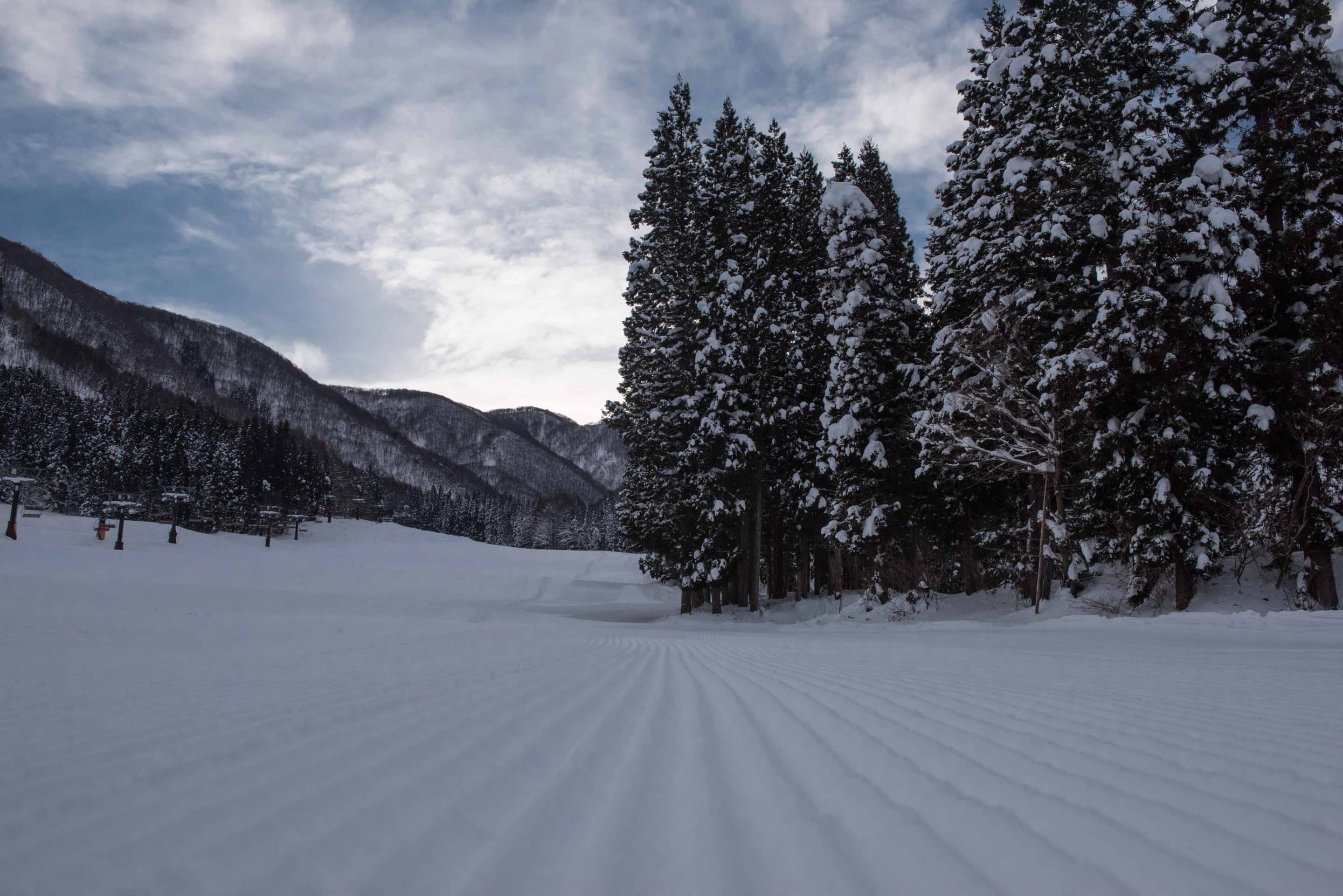
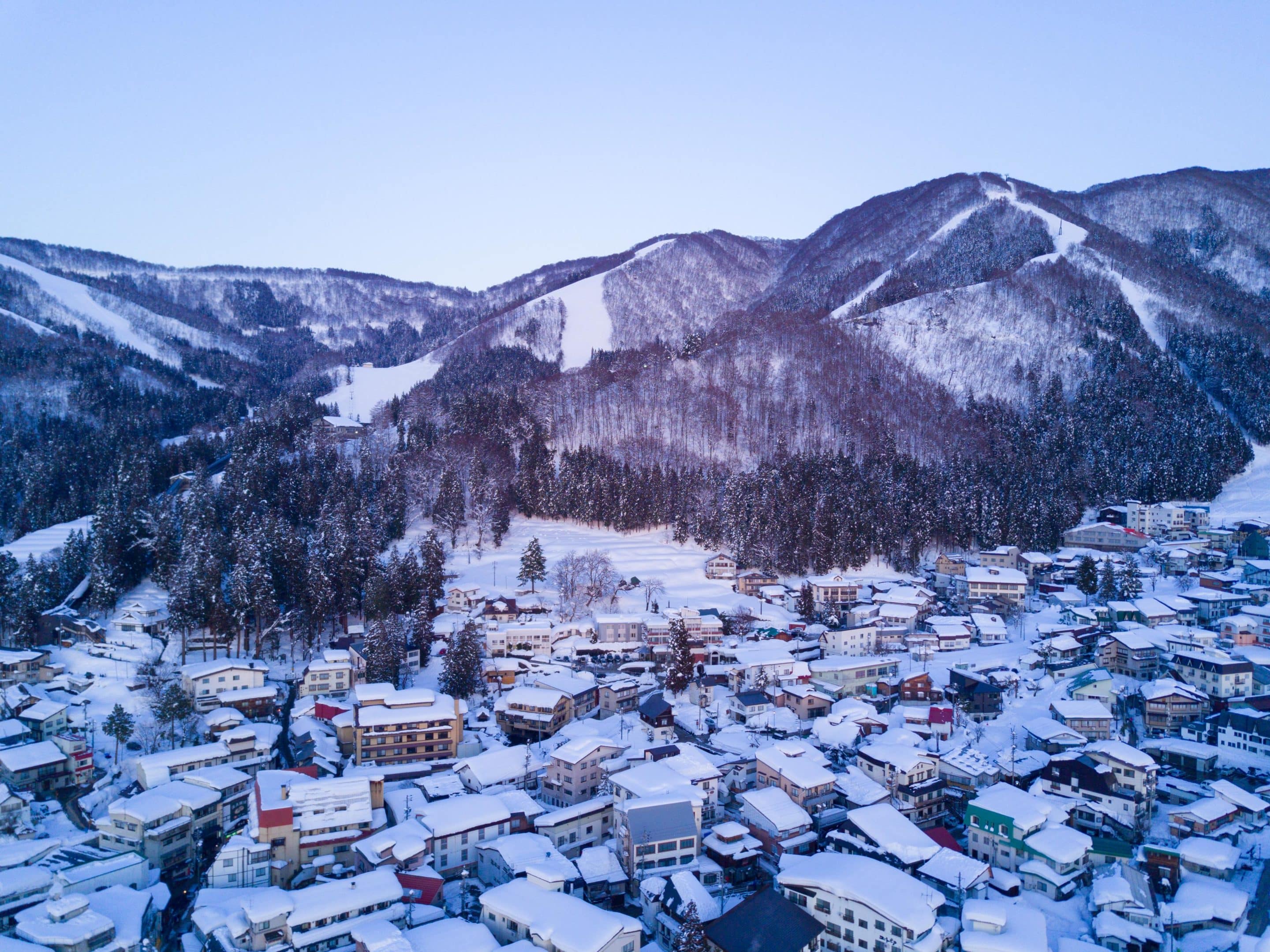




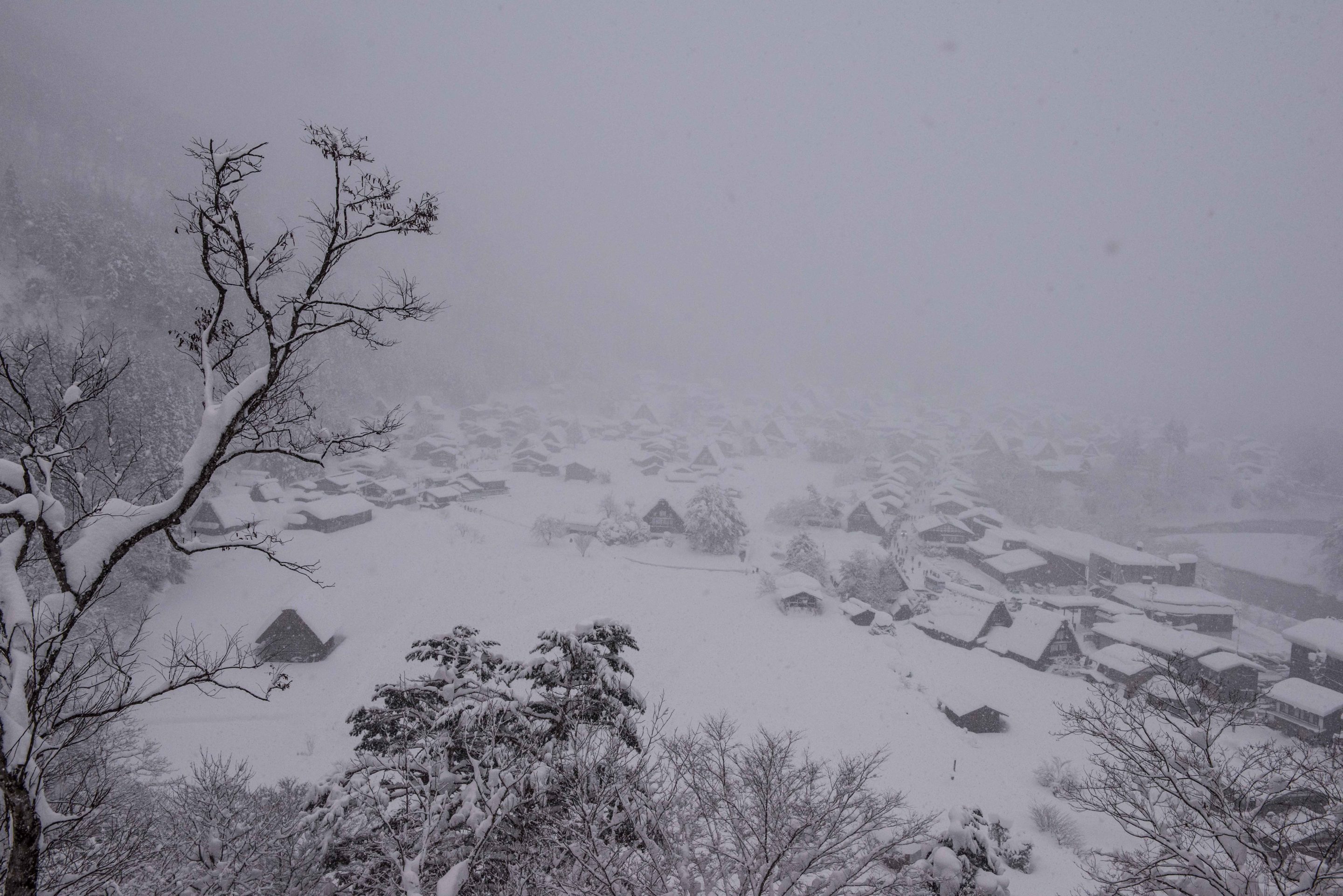
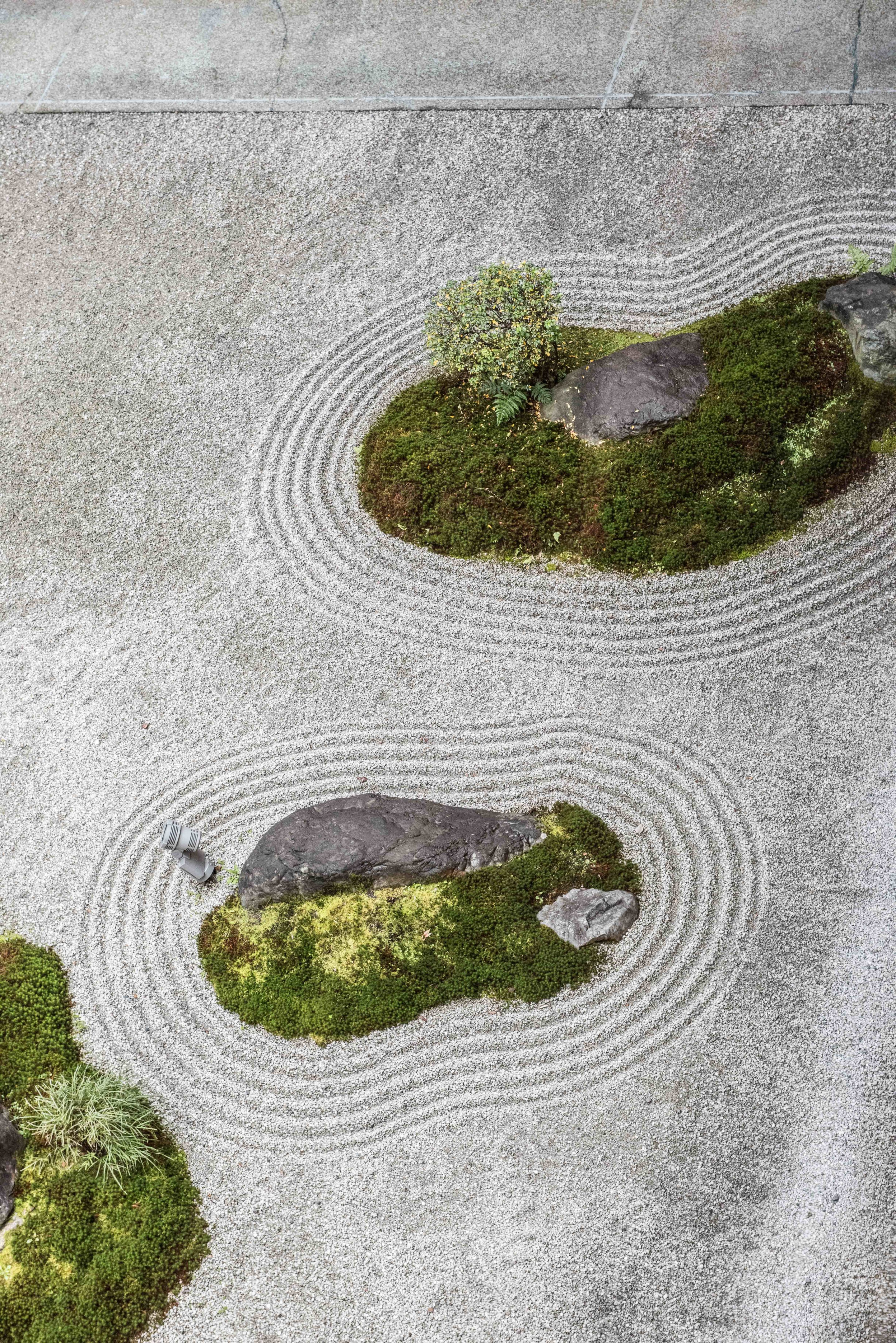
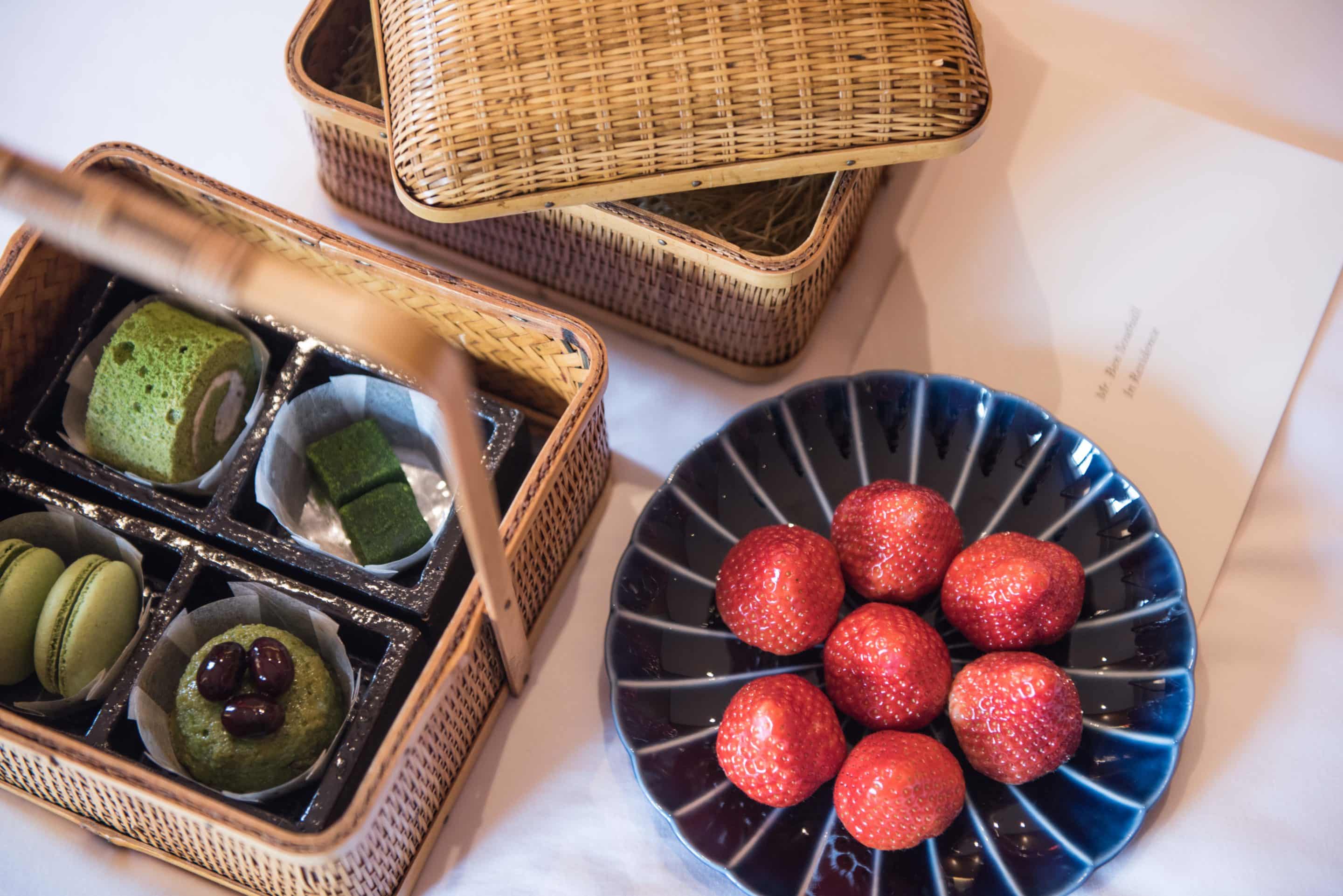

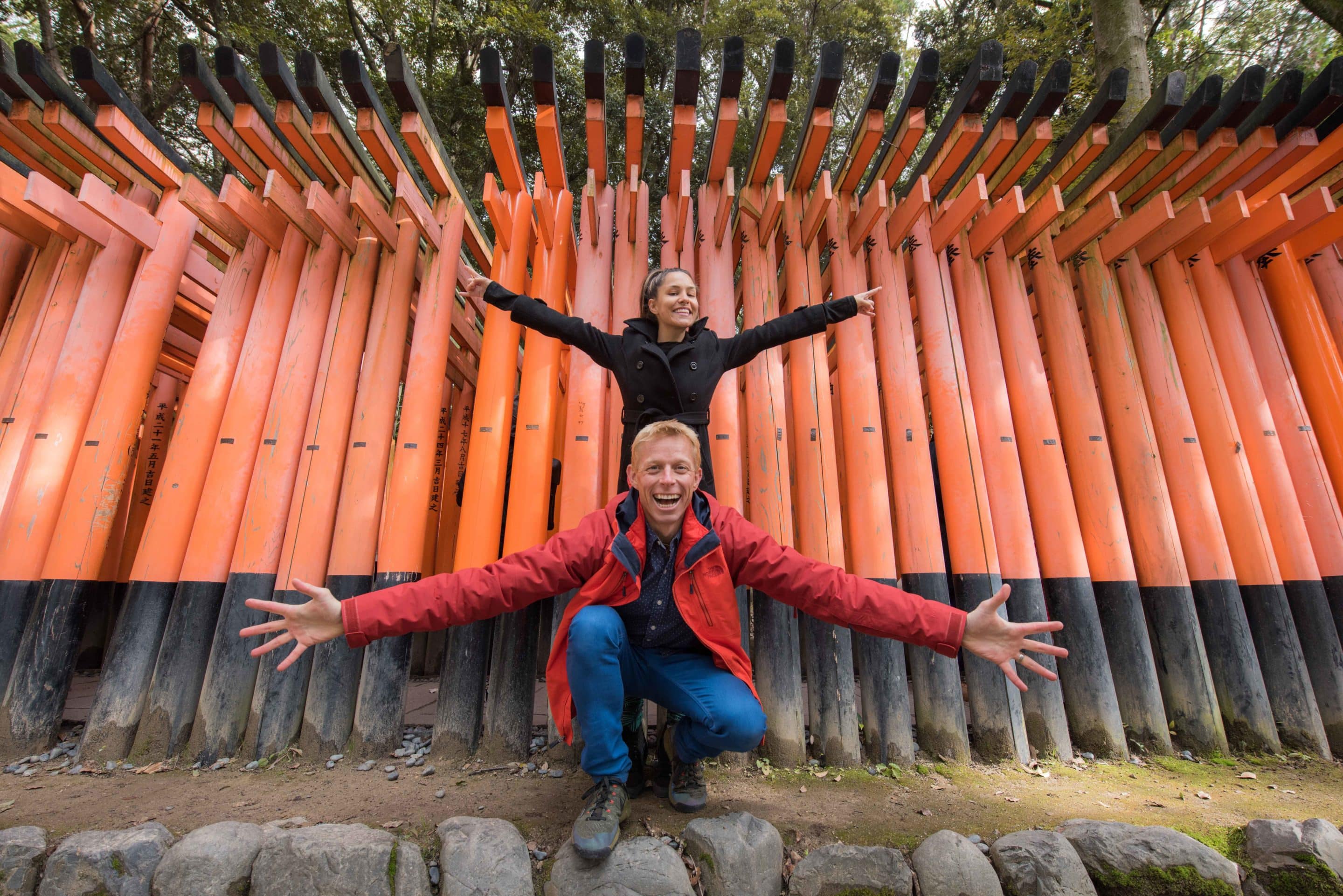


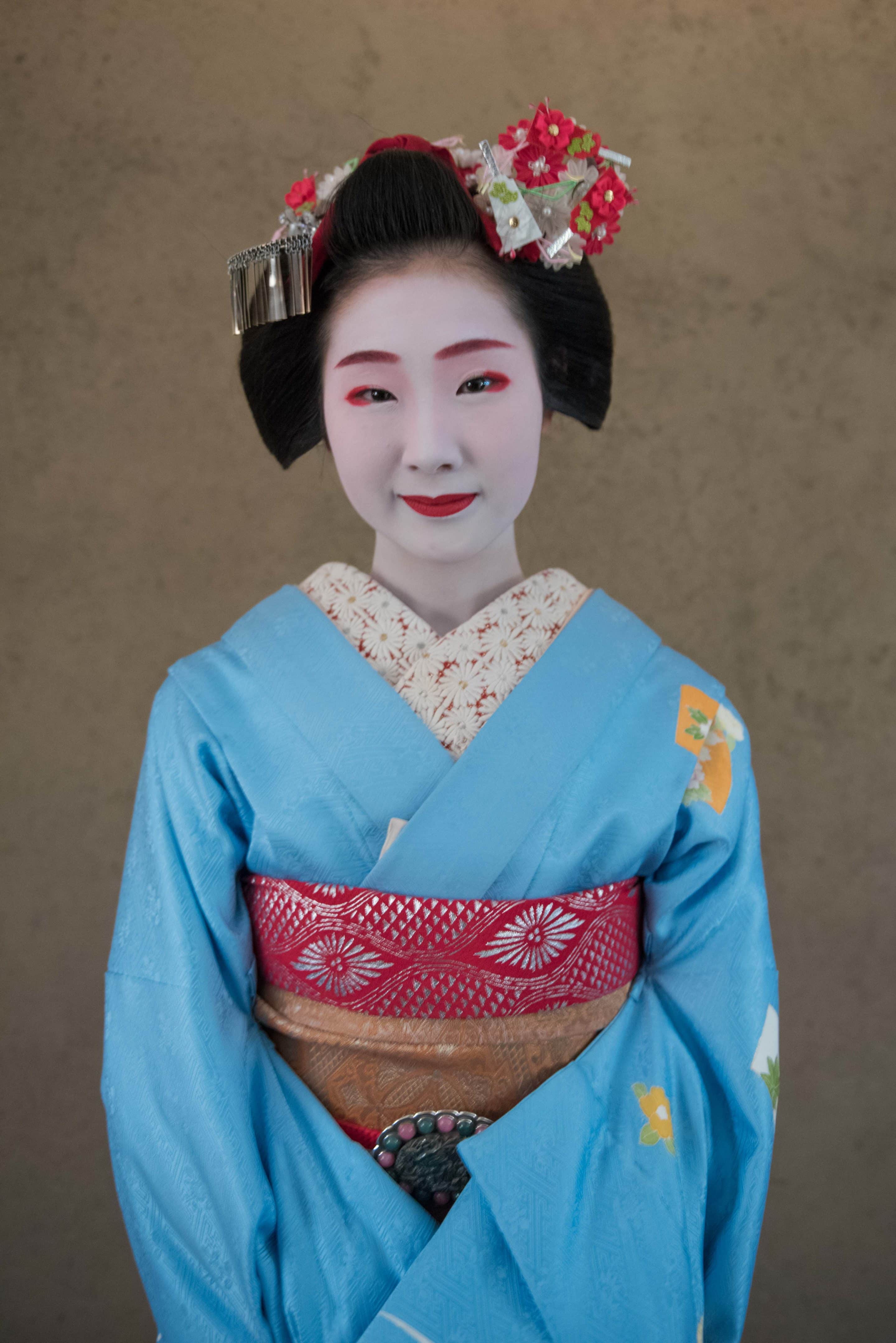
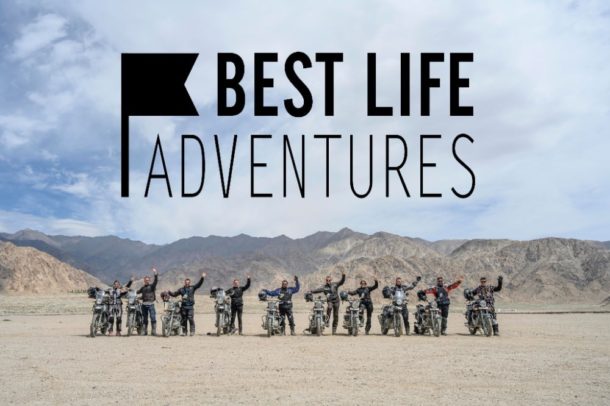
Ben you nailed it with your description of Nozawa . It is our favourite destination in the world . Will be there in 2 weeks time for our third year in a row . The Japanese culture .the people just fantastic . if you just take yourself one holiday in your life has to be Japan . Oh by the way the team at Nozawa holidays are just the best
Hey Barry, yes indeed, looking back at the photos and video of the holiday reminds us of how beautiful the place, people and culture really are. Will be heading back there sometime soon for a summer adventure! Ben
We love Japan and are huge Nozawa fans..!! I’d agree the trains may not be cheap pending the class, but the cost of a Japan can be very cheap pending your needs. Research lots and anyone that travels overseas can afford a visit to Japan in my opinion. Great article, the onsens are awesome for muscles and your skin, the snow is the best we’ve seen to date and the people are most accommodating. Looking forward to your next Japan adventure, it’s a great itinerary I’m not as well researched on 🙂
I’m glad to hear you liked the place as much as we did. I think we had the most incredible conditions and, as a beginner, felt spoilt! Have fun and keep exploring
This is amazing. Would love to visit Japan one day.